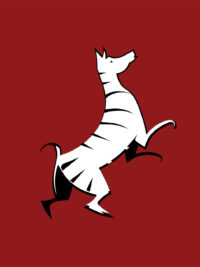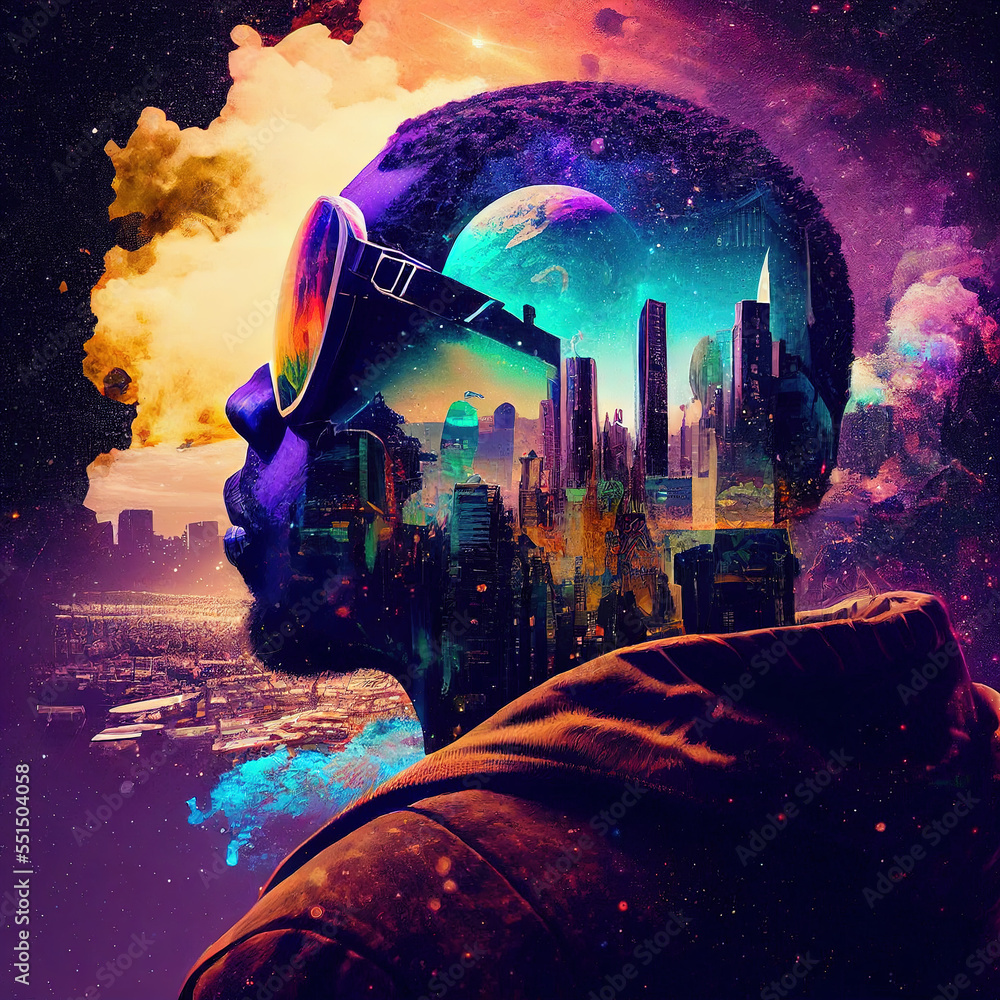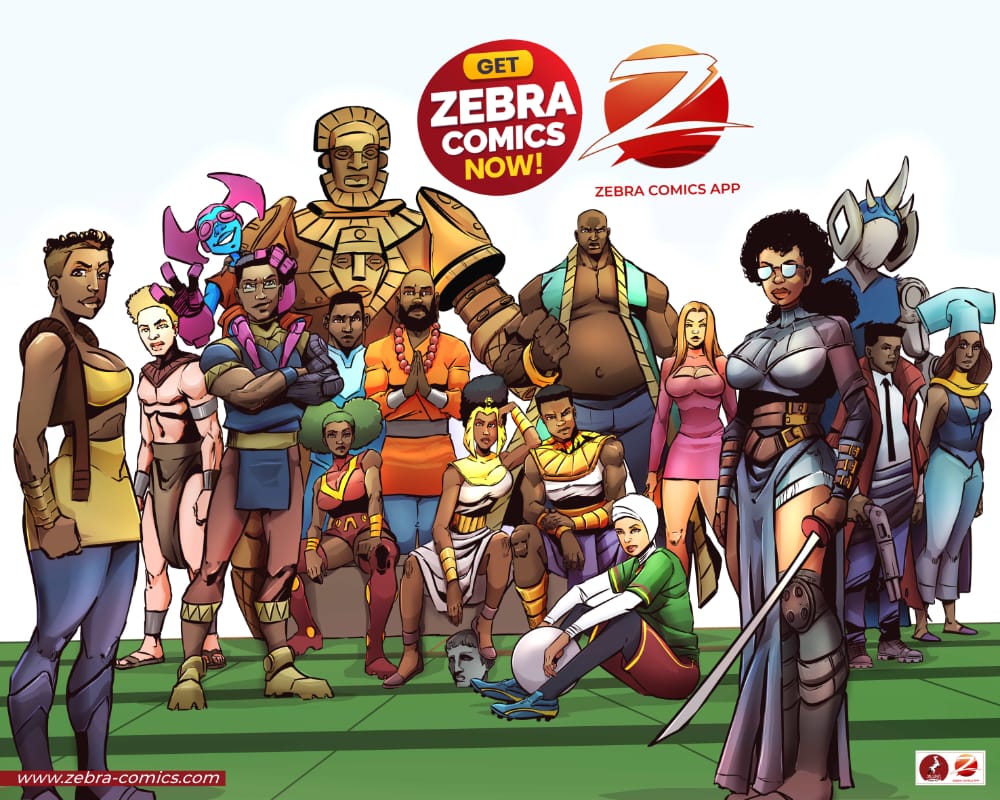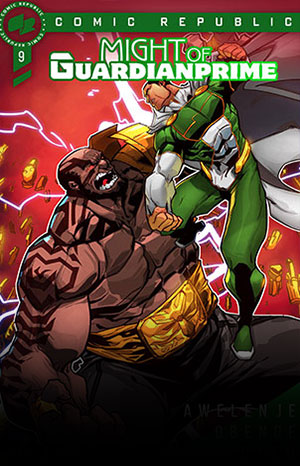Introduction
Comic books are a popular form of entertainment that have been around for decades. They feature stories of heroes and villains, action and adventure, fantasy and science fiction. Comic books also rely on certain tropes, which are recurring themes, motifs, or clichés that readers can easily recognize and relate to. Some examples of comic book tropes are origin stories, secret identities, costumes, sidekicks, archenemies, death and resurrection, retcons, etc. While comic book tropes can be useful tools to create engaging and familiar stories, they can also become clichés, stereotypes, or limitations that hinder creativity. That’s why some comic book creators try to subvert, deconstruct, or reinvent these tropes to offer new perspectives and possibilities for their stories and characters.
However, comic book tropes are not universal. Different cultures and regions may have different ways of interpreting and expressing them. One of the most interesting and innovative examples of comic book creators who challenge and transform common comic book tropes are African comics. African comics are comics made by African artists for Africans and the rest of the world, to better reflect the experiences, struggles, and cultures of the many African countries without influence from the West.
What are Comic Book Tropes?
Comic book tropes are elements that are commonly found in comic books across genres and styles. They can be characters, settings, plots, themes, or devices that help create a sense of familiarity and continuity for the readers. Comic book tropes can also reflect the values, beliefs, and aspirations of the society and culture that produce them. African comics are a diverse and growing category of comics that originate from the continent of Africa. They are created by African artists who draw inspiration from their own experiences, histories, cultures, and languages. African comics aim to challenge the stereotypes and misconceptions that often surround Africa and its people in mainstream media. They also seek to celebrate the diversity and richness of African cultures and stories.
How do African Comics Reinvent Them?

1. The Superhero: African comic books feature superheroes who are inspired by African mythology, folklore, history and culture. For example, E.X.O. The Legend of Wale Williams is a sci-fi superhero story set in a futuristic Lagos, Nigeria, where Wale Williams inherits a nanosuit from his father and becomes E.X.O., a protector of the city. E.X.O. draws on Nigerian traditions, politics and slang to create a unique and authentic superhero. Another example is Kwezi, a South African comic about a teenage boy who discovers he has superpowers and must balance his ego and responsibilities as a hero. Kwezi explores themes of identity, heritage and belonging in contemporary South Africa, as well as the role of social media and celebrity culture in shaping public perception
2. The origin story: African comic books often subvert the typical origin story trope by showing how the characters’ powers are not always a blessing or a source of empowerment, but rather a curse or a burden that comes with consequences and sacrifices. For example, Malika: Warrior Queen, a historical fantasy comic set in 15th century West Africa, where Malika inherits the crown and the power of her ancestors after her father’s death. However, Malika faces opposition from her brother who wants to usurp her throne, as well as from foreign invaders who seek to exploit her land and people.
3. The sidekick: African comic books often challenge the notion of the sidekick as a subordinate or inferior character by showing how they are equal or superior partners to the superheroes. For example, Lake of Tears is a comic that tackles the issue of child trafficking and slavery in Lake Volta. The main characters are Kwame and Kofi, two brothers who escape from their captors and join forces with Yao, a girl with mystical powers who can control water. Yao is not a sidekick to Kwame and Kofi, but rather their leader and mentor who teaches them how to survive and fight back against their oppressors.
4. The villain: African comic books often present villains who are not just evil or crazy, but rather complex and realistic characters who have motives and backgrounds that relate to the social and political issues of Africa. For example, Khadija is a Cameroonian digital comic that tells the story of a young girl who wants to become a professional footballer but has to face the restrictions imposed on her by her religious background and culture. Khadija is hindered by her father and relatives, but she also develops a friendship with a mentor who helps Khadija pursue her dream. The ‘villain’ in this story is embodied by her culture, religious beliefs and relatives, which are not just downright evil entities.

5. The secret identity: African comic books often challenge the idea of the secret identity as a necessity or a benefit for the superheroes by showing how it can be a source of conflict or danger for them and their loved ones. For example, Razor-Man is a Zimbabwean comic about Takura, a young man who becomes a vigilante after his father is killed by a gang. Takura uses his razor-sharp blades to fight crime, but he also struggles to keep his identity secret from his mother and his girlfriend, who disapprove of his actions and worry about his safety. Takura also faces the risk of being exposed by the media and the police, who are hunting him down. Another example is Avonome, a Nigerian comic about Hilda Avonomemi Moses, a girl who can see spirits and other supernatural beings. Hilda uses her abilities to help the spirits find peace, but she also has to hide them from her family and society, who consider her a freak or a witch. Hilda also has to deal with the dangers of the spirit world, where she encounters enemies and allies who have their own agendas.
6. The team-up: African comic books often celebrate the idea of the team-up as a way of showcasing the diversity and unity of Africa, as well as the potential for collaboration and cooperation among different heroes and cultures. For example, Newborn Saga, is an Ethiopian comic that follows the adventures of four young heroes who are chosen by an ancient prophecy to save their world from an evil force. Newborn Saga draws on Ethiopian mythology, history and culture to create a rich and diverse fantasy world, where the heroes encounter various creatures, races and factions.

Conclusion
African comics are not a monolithic category, but rather a diverse and dynamic field of creative expression that reflects the cultural, historical and social realities of the continent and its diaspora. African comics draw inspiration from various sources, such as folklore, mythology, history, politics, religion, science fiction, fantasy and more. African comics also use different styles, formats and languages to convey their stories and messages. African comics feature superheroes who are not only powerful but also culturally relevant and relatable. They often have powers that are derived from African traditions, such as magic, spirituality or ancestral connections. They also have identities and backgrounds that reflect the diversity and complexity of African experiences, such as ethnicity, nationality, religion and culture. African comics do not simply copy or imitate Western comic book tropes, but rather reinvent them in ways that suit their own contexts and purposes.
If you are new to African comics or wish to discover more African comics, start here.




